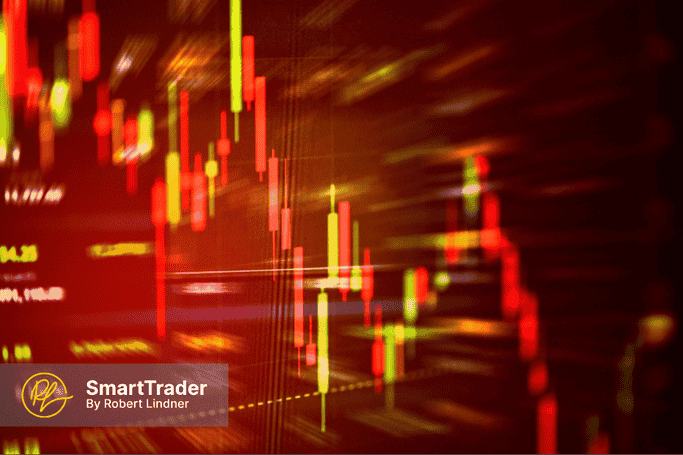📆 Monday, April 7
► Global stock markets plunged deeper into chaos on Monday as the economic fallout from U.S. President Donald Trump's aggressive tariff policies continued to escalate. European equities were hit hard, with the Stoxx 600 index falling over 4% (at time up to 5.5%), marking its lowest level since August 2024. The sharp decline in European stocks follows last week’s brutal performance where the Stoxx 600 lost 8.4%, its worst week in five years. Investors fled risk assets amid fears of an impending global recession, and all major indices across the region were in negative territory. London’s FTSE 100 dropped over 4%, sinking earlier below the 7,700 mark for the first time in a year. Germany’s DAX slid over 4.3%, recovering from a near 9.5% (!) intraday crash. Germany’s economic data painted a bleak picture, with industrial production declining 1.3% month-over-month in February, although the country did manage a trade surplus of €17.7 billion. France’s CAC 40 plummeted over 4.2% to as retaliatory tariffs from China and threats of EU countermeasures weighed heavily on sentiment. Bond yields fell further, with Germany’s 10-year yield falling to 2.52% (- 6 bps). The UK UK 10-year yield, however, stabilized for now (currently flat for the day).
► In the U.S., the market turmoil showed no signs of slowing down, with U.S. equity futures continuing their steep decline. S&P 500 futures fell 1.9% while Nasdaq 100 futures fell 2.3%, putting the Nasdaq 100 firmly in bear market territory, having plummeted more than 20% from its recent peak. The relentless selloff followed last week’s $5 trillion wipeout, exacerbated by China’s Ministry of Commerce imposing a 34% levy on all U.S. products over the weekend. The bond market turmoil has led to speculation about aggressive monetary easing, with the markets now pricing in 125 basis points of easing by year-end, which, given the strong inflationary effect of the tariffs, corresponds to five interest rate cuts of one-quarter point each. However, this seems very optimistic, according to Robert Lindner, chief analyst at SmartTrader. Trump continues to dismiss investors' concerns and is increasingly backing his tariff strategy. In a speech aboard Air Force One on Sunday, he called the tariffs “a beautiful thing,” aimed at eliminating trade imbalances and reviving the U.S. manufacturing industry. Nevertheless, almost all analysts warn that Trump's defiant stance could prolong the market's pain. Morgan Stanley analysts predicted that the S&P 500 could fall by a further 7% to 8% if tariff tensions remain unresolved and the Federal Reserve does not intervene.
► Asian markets were gripped by panic selling, with many indices suffering their worst single-day losses since the 2008 financial crisis. Japan’s Nikkei 225 closed nearly 8% lower, triggering circuit breakers as the benchmark index hit its lowest level since October 2023. Japanese banks were particularly hard-hit, with shares of major financial institutions plummeting as much as 17%. South Korea’s KOSPI also tumbled nearly 6%, with futures trading briefly suspended as prices approached a 7% decline. Taiwan’s TSMC and Foxconn each suffered 10% losses, also triggering circuit breakers. China’s Shanghai Composite dropped 6.56% while the Shenzhen Component fell 7.3% to 9,610. Panic selling in Hong Kong saw the Hang Seng Index plunge 10.91% to 20,710, its lowest level in two months. Australia’s ASX 200 slid 4.23%, closing at its lowest point since December 2023, with the AUD falling to approximately $0.60—its weakest level since the peak of the COVID-19 pandemic in March 2020. The widespread panic prompted China’s policymakers to discuss potential economic stabilization measures, including stimulus packages aimed at bolstering consumption and countering the impact of U.S. tariffs.
Subscribe to see more




